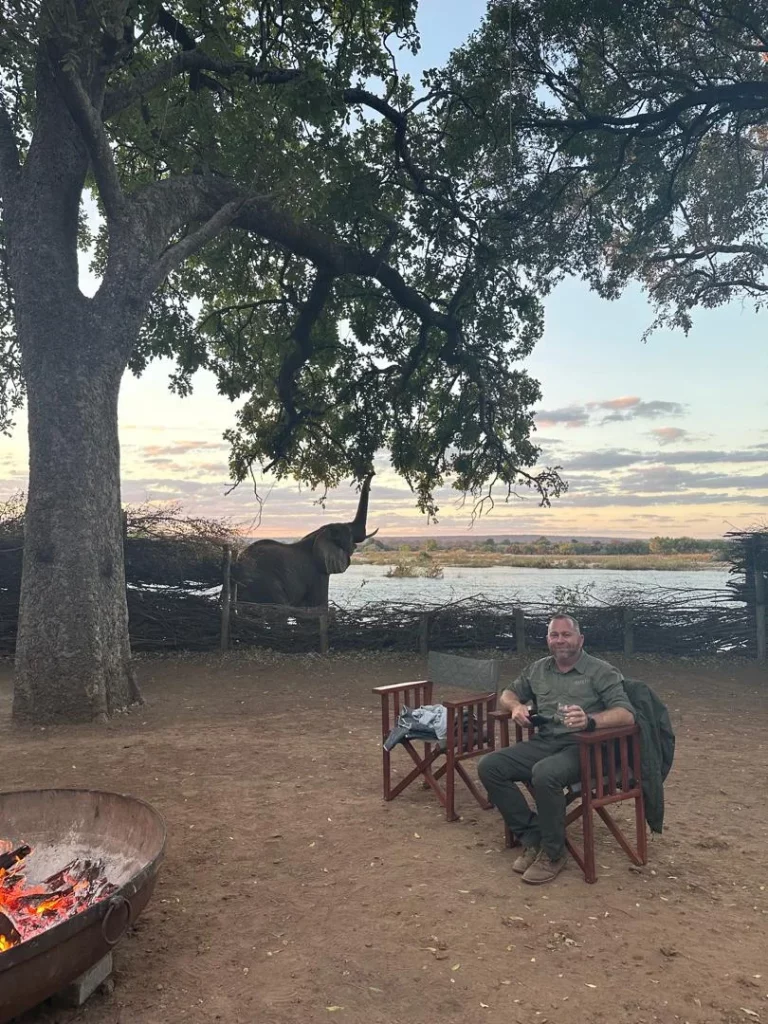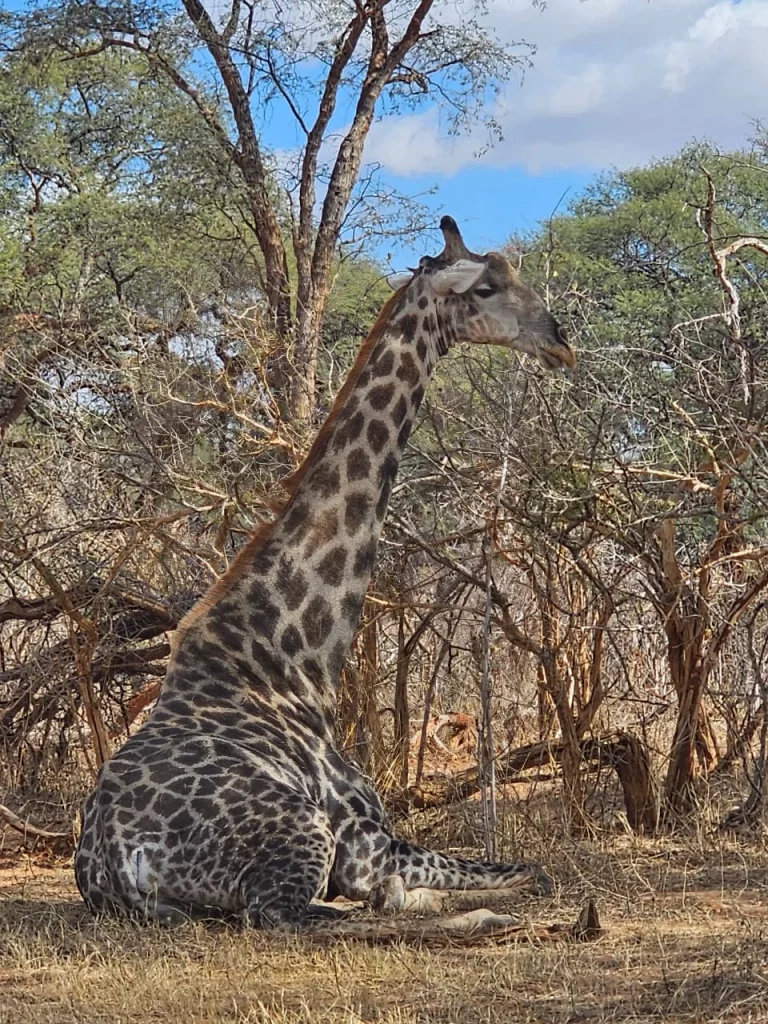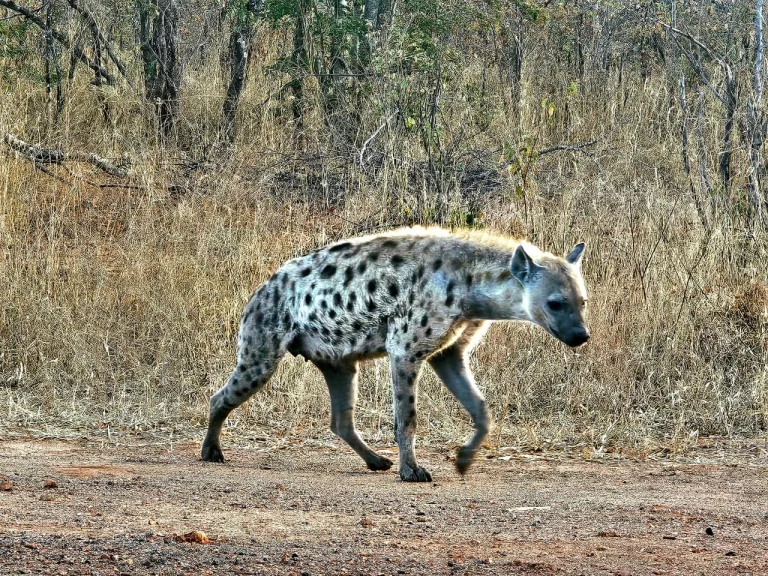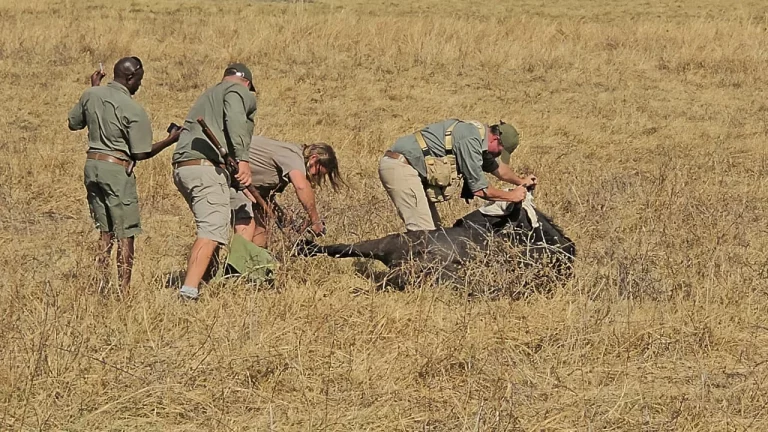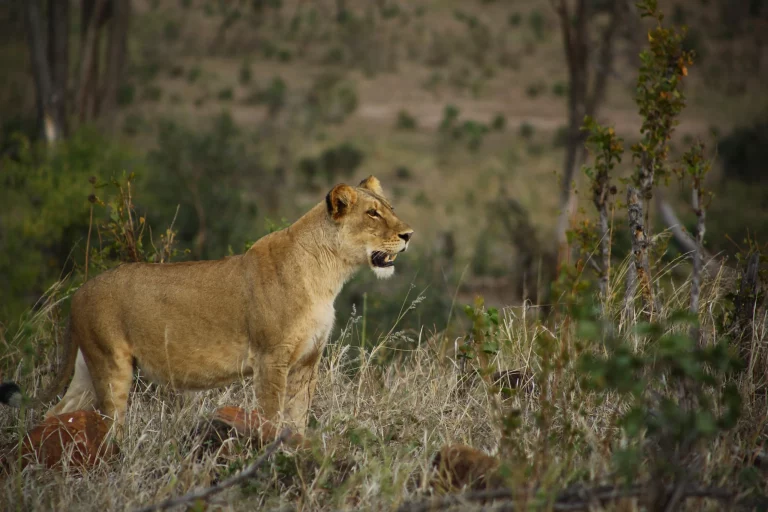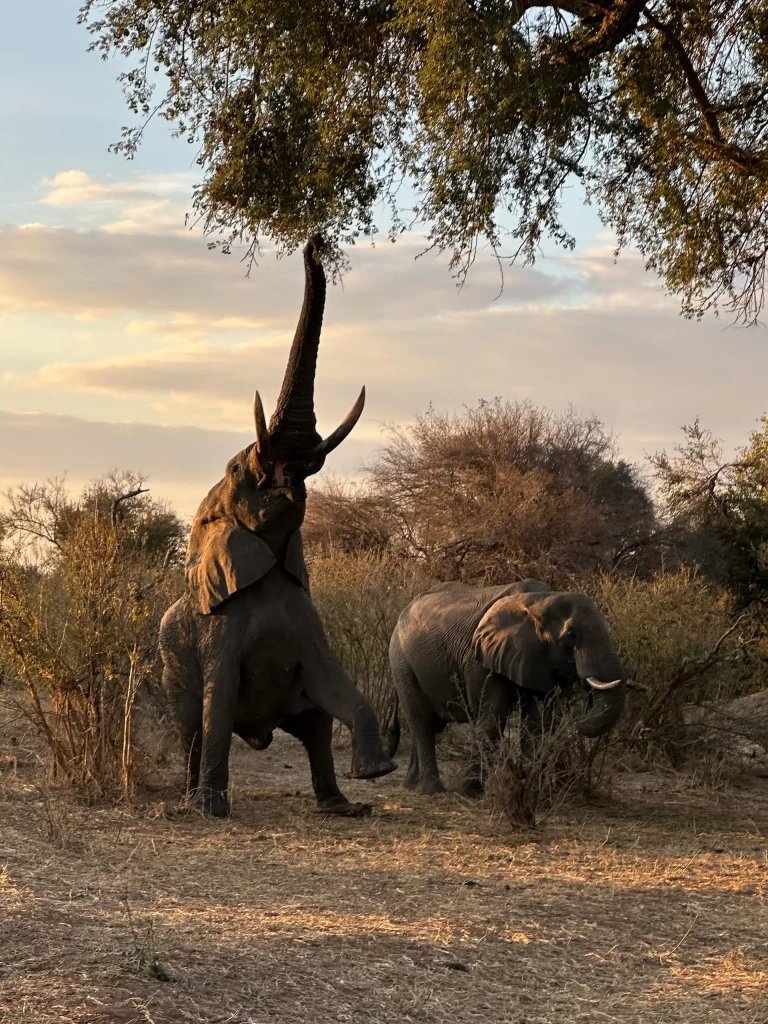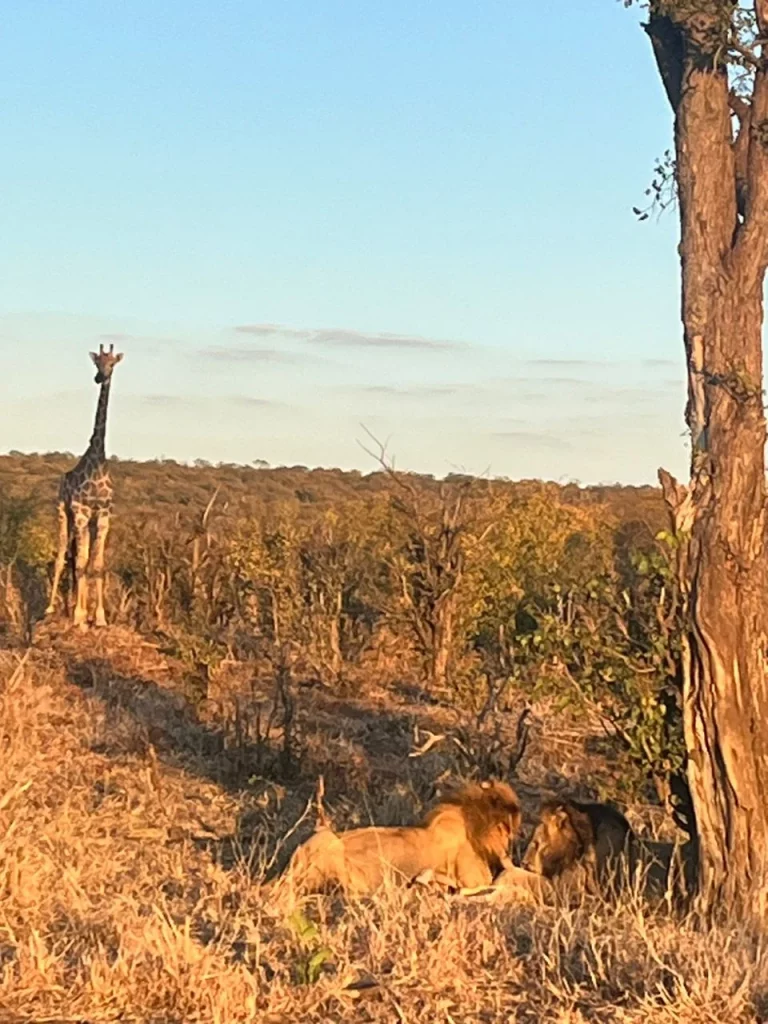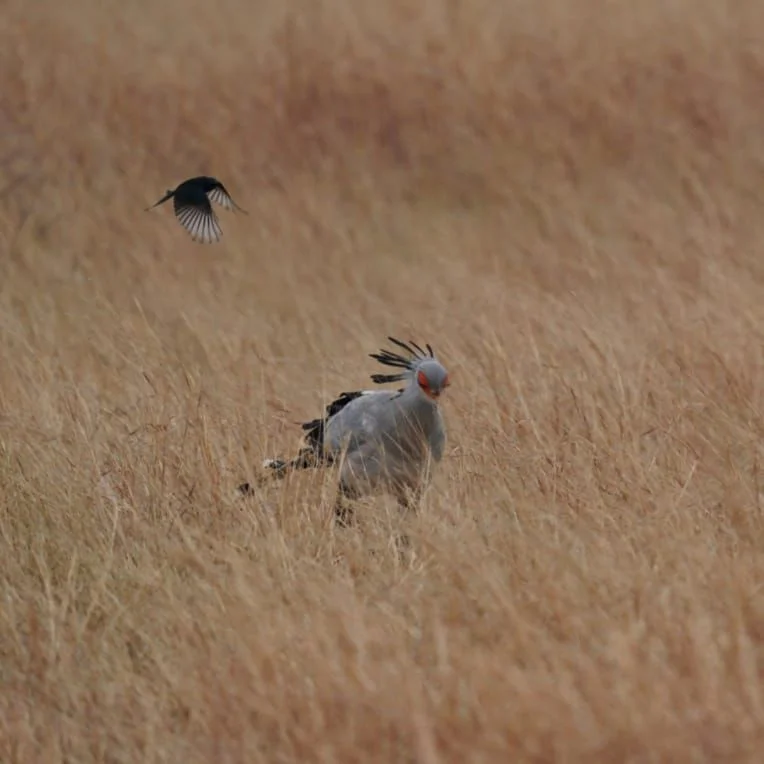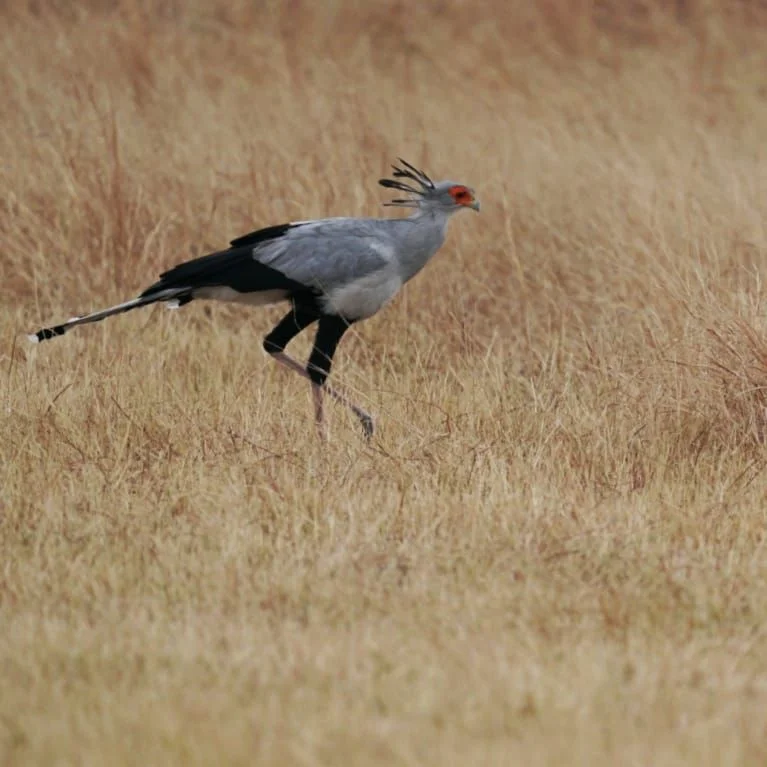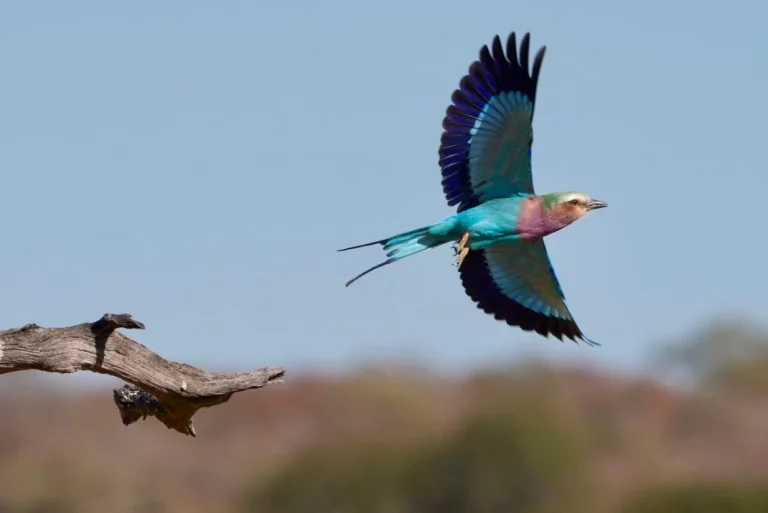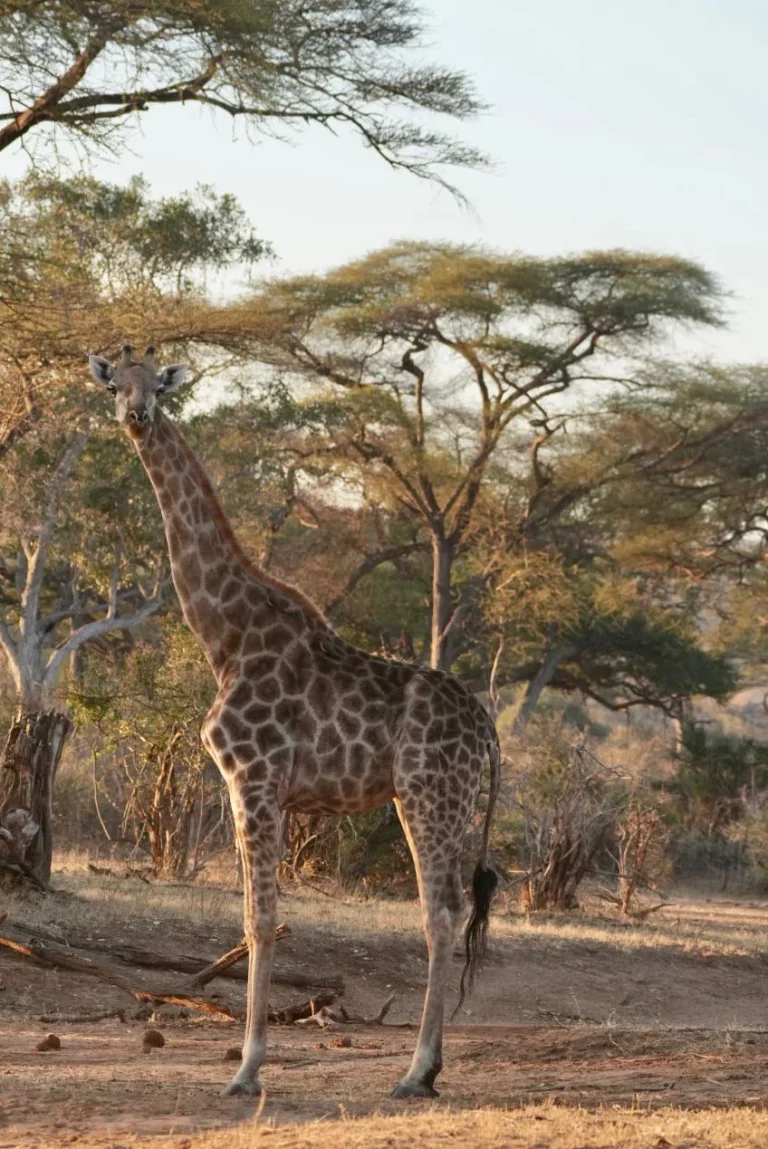2025 brought one of the coldest winters Matetsi Private Game Reserve has experienced in recent memory, with temperatures dropping to as low as 6°C in the early mornings. Not that we can complain; with average daytime temperatures sitting between 25°C and 30°C, it is a glorious time of year to be in the bush.
Excellent safari weather in winter – clear, cold mornings that warmed into comfortable afternoons – is complemented by the landscape offering the perfect conditions for wildlife sightings. The bush underwent its typical transformation as it got colder, with deciduous trees shedding their leaves, creating the open, golden landscape characteristic of the dry season in western Zimbabwe.
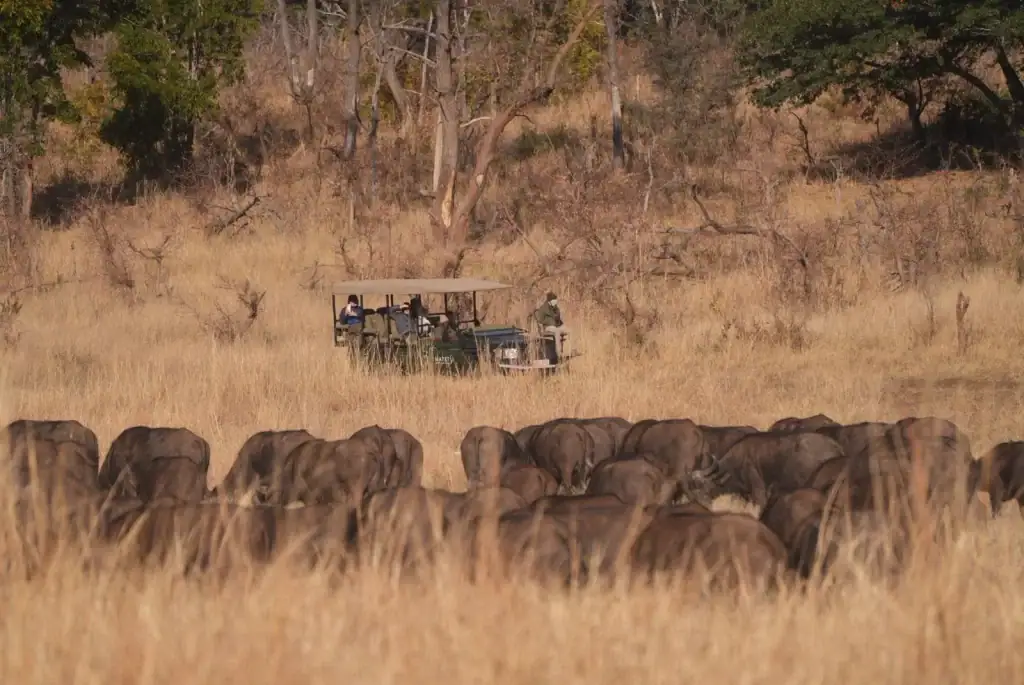
Wildlife Movements & Sightings
The winter months at Matetsi Private Game Reserve proved to be an exceptional season for predator activity across the reserve. The cooler temperatures provided ideal hunting conditions for them, and our guides documented some truly extraordinary encounters that will be remembered for years to come.
The big cats were particularly active throughout May, June and July, with two lionesses becoming the season’s stars. They appeared mysteriously on the small hill on the northwestern side of Namakana Pan where they remained with a kudu kill for 48 hours before vanishing as stealthily as they had arrived – a perfect demonstration of these apex predators’ intelligence and adaptability.
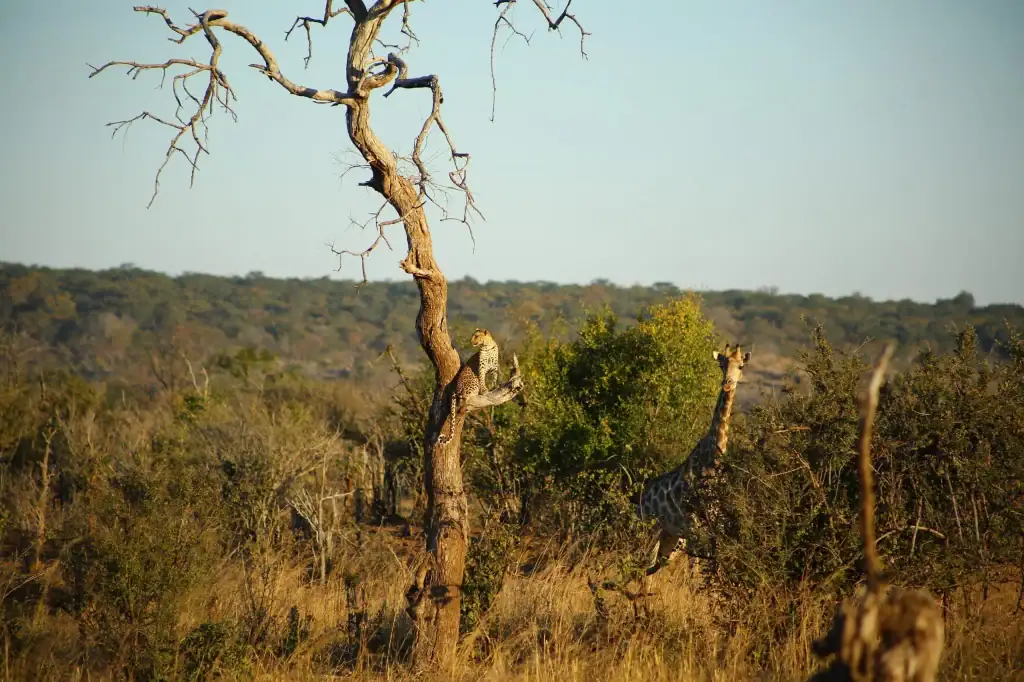
One of the most remarkable sightings of the season occurred when our guides noticed a group of giraffes standing unusually alert near a dead leadwood tree. Upon closer inspection through binoculars, they discovered a leopard perched in the tree directly beside the towering herbivores. The encounter reached its comedic climax when the leopard leaped back down to the ground, prompting the giraffes to give chase and creating one of those unforgettable moments that safari guides treasure.
The season’s most emotionally charged sighting unfolded on the morning of June 17th, when the distinctive alarm calls of guinea fowls and grey loeries led guides to the scene of a kill: two large male lions feeding on a giraffe calf at the base of a mopane tree, while the mother giraffe paced nearby in obvious distress. These moments, while difficult to witness, serve as powerful reminders of nature’s uncompromising cycles of life and death.
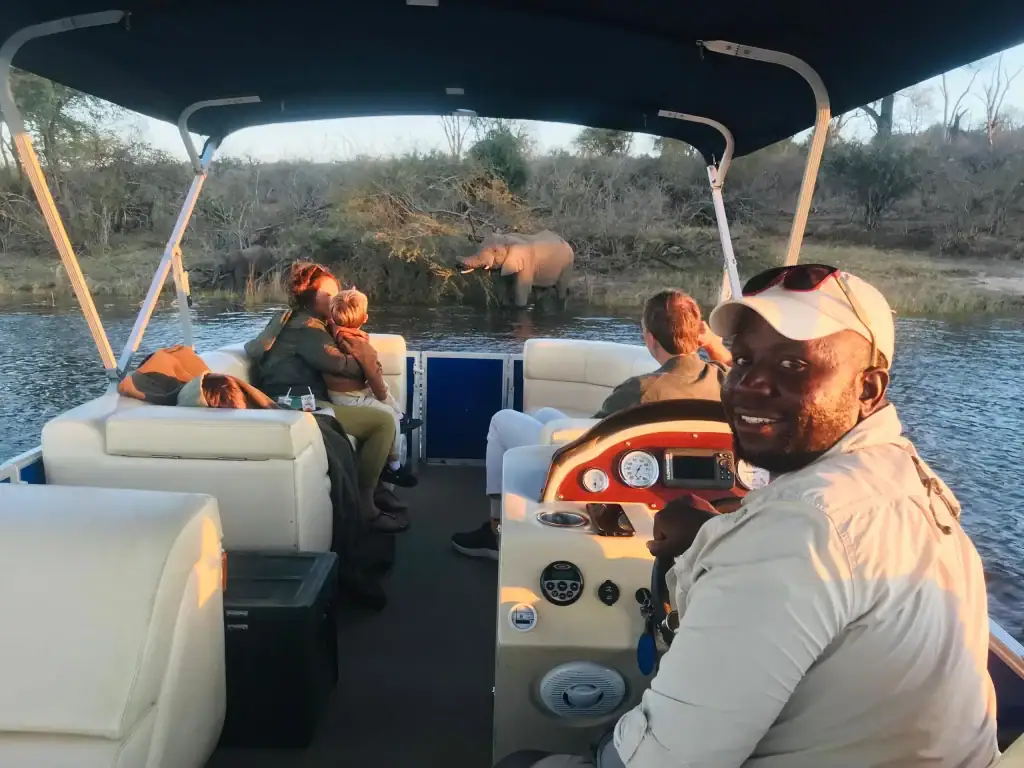
The Zambezi River provided its own spectacular theatre during the winter months. On one golden afternoon cruise, as elephants gathered to drink along the riverbank and the sun painted the sky in brilliant hues, guests were treated to the sight of a leopard relaxing in a camel thorn tree on the water’s edge – a perfect example of why the combination of river and reserve creates such a magical safari experience.
Beyond the dramatic predator encounters, the season revealed the intricate relationships that make ecosystems function. Bird enthusiasts were rewarded with fascinating observations of inter-species cooperation, particularly involving secretary birds and their opportunistic followers. Fork-tailed drongos, typically aggressive toward other birds, demonstrated remarkable adaptability by working alongside secretary birds, snatching insects disturbed by the larger bird’s foraging while accompanied by grey hornbills, red-billed hornbills, and stunning lilac-breasted rollers.
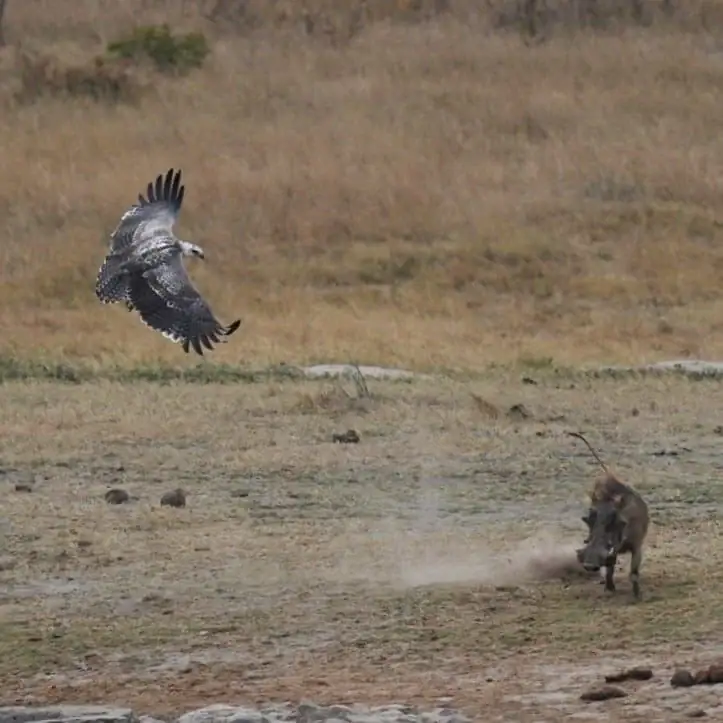
The winter months also provided entertainment thanks to the inexperience of young predators, including a juvenile martial eagle whose ambitious but ultimately futile attempts to hunt a warthog ended with the frustrated raptor settling for a ball of elephant dung as a consolation prize.
Beneath the magnificent winterthorn trees, elephants displayed their patience and intelligence, waiting for the trees’ pods to ripen before rising on their hind legs to pluck the sweetest rewards from the branches. While most trees became bare in the winter, the winterthorn or white acacia (faidherbia albida) trees, which thrive in the alluvial soil alongside the Zambezi, becomes focal points of activity throughout the concession, providing crucial food sources just as other vegetation became scarce.
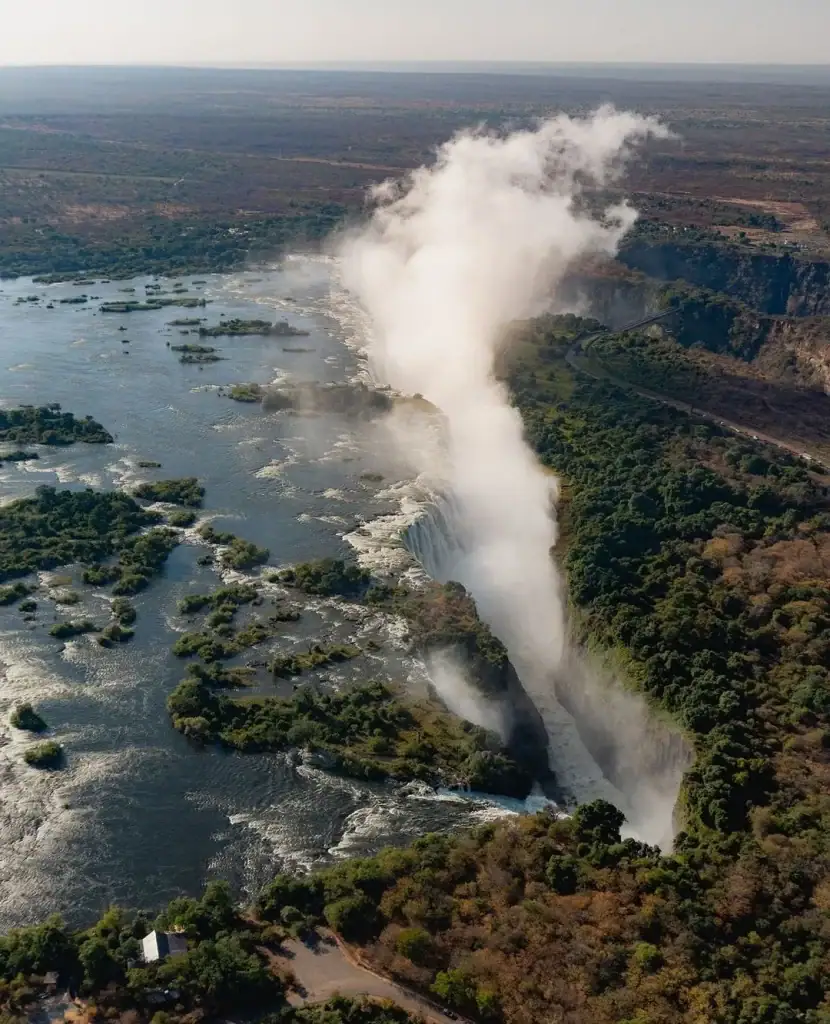
Victoria Falls
The last three months brought a broad peak in water levels at Victoria Falls, with the highest flows occurring between mid-May and mid-June. This timing provided visitors with spectacular viewing conditions, as the Falls maintained impressive water flow and spray clouds well into the traditional dry season.
As winter progressed, water levels began their seasonal recession, but the Falls continued to showcase their majesty with water cascading across the full width of the precipice. The reduced spray cloud created excellent photographic opportunities, allowing visitors to capture both ground-level perspectives and aerial views of this Natural Wonder of the World without the obscuring mists typical of peak flow periods.
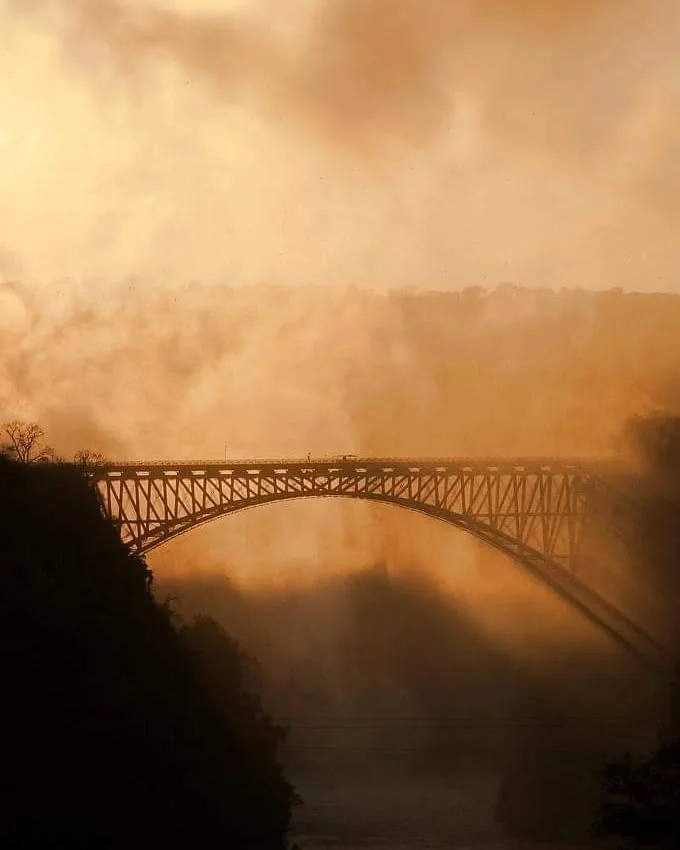
Two significant wildlife rescue operations highlighted the ongoing battle against poaching pressure from surrounding areas. In the first incident, our team noticed an unusual addition to our resident wildebeest herd – a lone female buffalo displaying clear signs of distress. Closer inspection revealed a snare around her hind left foot, prompting immediate intervention in collaboration with the Victoria Falls Wildlife Trust. The darting and snare removal proceeded flawlessly, demonstrating the effectiveness of our collaborative approach to wildlife protection.
The second rescue operation proved even more challenging when an adult male giraffe was discovered with a cable snare wrapped around its lower leg – an injury that had clearly caused weeks of suffering. Giraffe rescues require exceptional expertise due to their size and unique physiology, making sedation particularly risky. Through careful planning and the combined efforts of Zimbabwe Parks and Wildlife Management Authority (Zimparks), our conservation team, and the dedicated Amaganyane scouts, the delicate operation met with success. The snare was removed without complications, and the giraffe was released back into the wild as a healthy, snare-free animal.
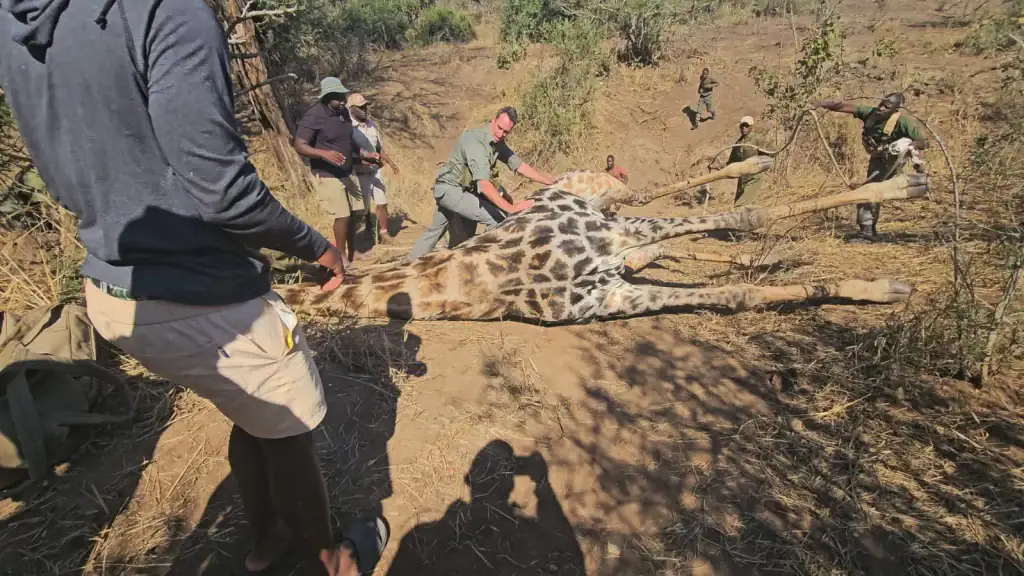
Infrastructure maintenance remains a priority throughout the year and especially in winter when conditions allow for certain projects to be undertaken more easily. In May, the team completed grading roughly 350 kilometres of roads across the estate in preparation for the crucial firebreak season. June brought the intensive firebreak burning season, which consumed 20 days of concentrated effort from the entire team. Beyond the routine perimeter burns, this year included the important task of burning Mabuza Vlei; an area that hadn’t been managed with fire for five years. This controlled burn serves multiple conservation purposes: encouraging new plant growth, improving soil fertility through ash deposits, and maintaining the natural grassland ecosystem that supports diverse wildlife populations.
July focused on essential maintenance tasks, including comprehensive cleaning of all solar panels across the estate to maintain optimal power generation. Water infrastructure received particular attention, with successful testing of a previously unknown borehole discovered along Mukuyu Road near the Nyati junction. After four days of continuous pumping, this water source shows great promise for expanding our drought-resilience capabilities. Unfortunately, Stoffels borehole remains completely dry, emphasising the importance of diversifying water sources across the concession.
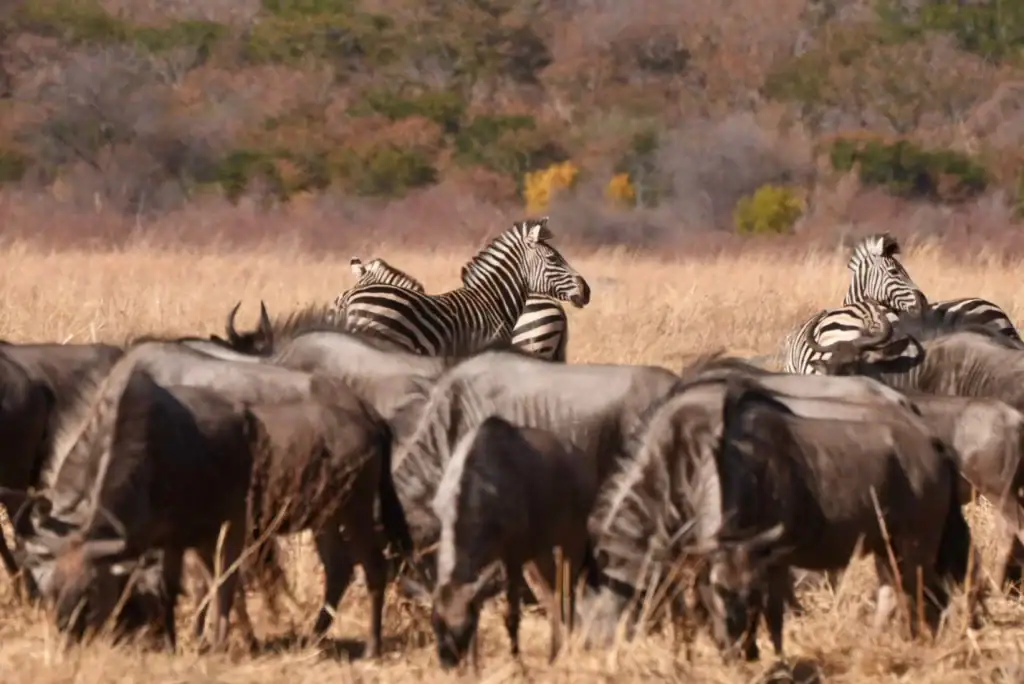
Road maintenance continued throughout July with two complete grading passes across all roads, ensuring optimal access for both conservation patrols and guest game drives. Water infrastructure repairs included addressing leaks at both Namakana and Charles Pan, critical interventions that help preserve precious water resources during the dry season. The installation of new solar equipment at Mukuyu proved successful, with the borehole now pumping efficiently and contributing to the reserve’s sustainable water management strategy.
Our anti-poaching unit, Amaganyane, continued their vigilant 24/7 operations throughout the winter months, conducting regular sweeps for illegal fishing nets along the river and snare patrols across the terrestrial areas. The success of these efforts is reflected in the low number of active snares encountered, though the two wildlife rescues this season serve as reminders that threats from neighbouring areas remain constant.
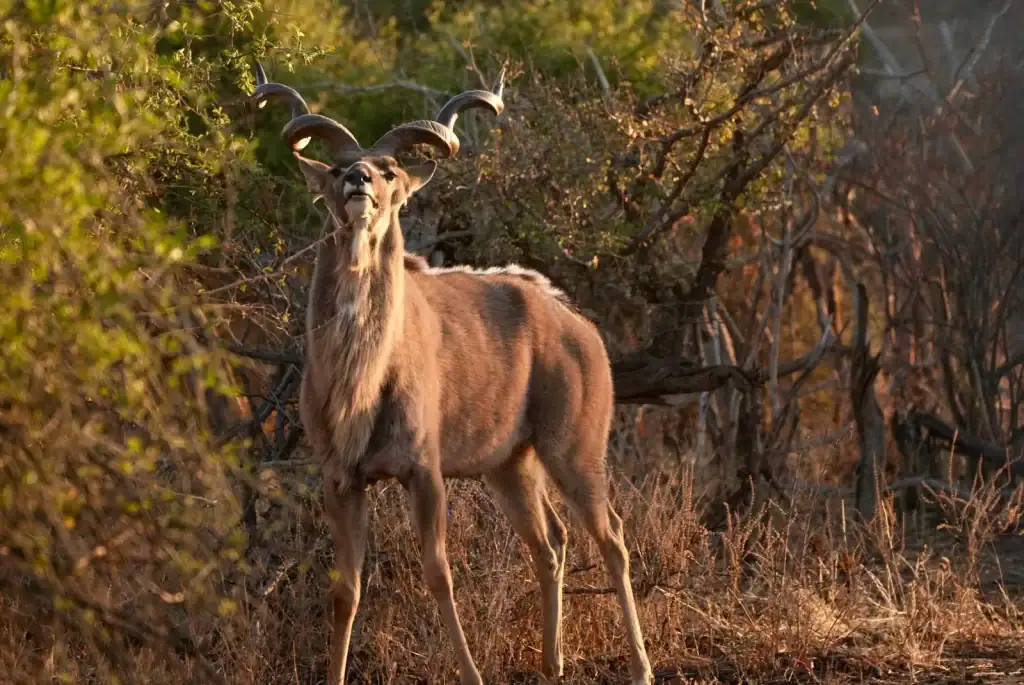
Guest Testimonial
“Right on the Zambezi, [Matetsi Victoria Falls] is a paradise to behold. As well as being a stunning location and a 5-star lodge, the game drives were also excellent. The reserve is different from any I’ve been in before and was a welcome change from the hectic jostling vehicles in the Mara or the sometimes overcrowded Kruger. This felt like old-time Africa.
I was lucky enough to to see lions, elephants and buffalo, but for me the highlights were seeing honey badgers (5 I think!), baby jackals and aardwolves, as well as a host of birds. The huge herds of buffalo are also an amazing sight.
The accommodation at Matetsi is excellent; very comfortable beds and all you need in the suites. The communal areas are also excellent too with additional spaces to take yourself away if you wish to.
But the highlight at camp is watching the river and the birds and animals around it. Warthogs and vervet monkeys are frequent visitors.
A thoroughly enjoyable visit and first class service from all the staff. 100% recommended.”
– David H
